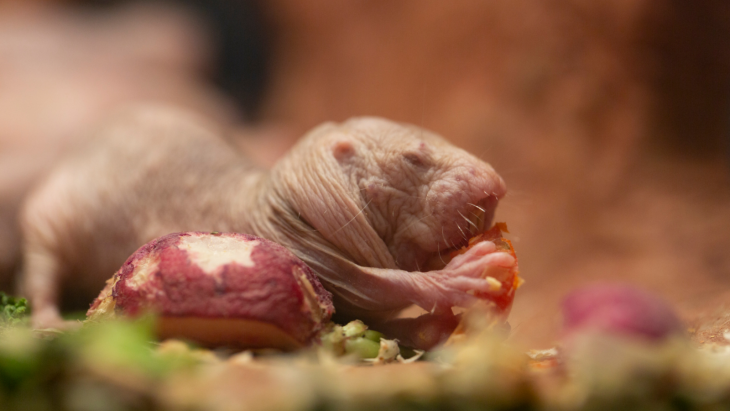Human cancer rates have increased steadily over time, becoming the second most common cause of death in the U.S. over the past several decades. One reason for this increase is that humans live longer due to better medical technology. As people get older, they are more likely to develop cancerous tumors through disruptions in the cell cycle. The cell cycle, which drives cell growth and division, is a heavily-regulated process in the body. The disruption of this process can often lead to uncontrolled cell division, or proliferation, that leads to cancers.
To deal with this ever-present chance of cell cycle disruption, organisms have developed methods to regulate the cell cycle. One of these is the p53 protein. Research has shown that p53 prevents cells from multiplying while sometimes promoting programmed cell death, or apoptosis. Because of these properties, researchers refer to p53 as a “tumor suppressor.” In fact, research suggests that p53 may be one of, if not the most important, molecules in the body that prevents tumor growth.
Many animals have the p53 protein, yet cancer still plagues them, especially as they age. Some organisms, however, exhibit remarkably low rates of cancer development, even in older individuals. One such organism is the naked mole rat, a small mammal that, along with its low cancer rate, also exhibits a remarkably long lifespan for a mammal of its size — over 30 years! Recently, a group of California-based researchers set out to determine what differentiates the naked mole rat from other mammals. What about it’s p53 protein allows it to achieve such a long lifespan without getting cancer?
Like your favorite pair of jeans, proteins eventually reach the point in their lifecycle where they wear out and must be replaced. The p53 protein in naked mole rats seems to persist much longer than in other mammals. In this article, this was shown by comparing how long the protein lasted in naked mole rat cells and mouse cells. This experiment supported what was thought before: The p53 protein persists longer in naked mole rats than other mammals, such as mice.
An abundance of p53 protein has been correlated with a shorter lifespan in other species. The ability of the naked mole rat to avoid this phenomenon is not fully understood, but it may be related to what triggers its p53 protein into action.
Because p53 is a tumor suppressor, it is activated by cell damage. In most organisms, p53 is located in the cytosol, or the body of the cell itself. When p53 is activated, it moves to the nucleus of the cell, where the DNA is located. This occurs, for instance, when DNA is damaged. However, in the naked mole rat, researchers observed that high levels of p53 were present in the nucleus before the DNA damage occurred. Also, the level of p53 inside and outside of the nucleus did not change significantly with the DNA damage.
This was vastly different than what was expected by the researchers. They expected the naked mole rat p53 protein to act like it does in other mammals. However, because it didn’t, they began thinking about how the different location could help the naked mole rat avoid cancer. They hypothesized that this different location might help to regulate p53 through damage to the cell DNA, rather than just waiting for it to degrade over time. This could help the naked mole rats because a malfunctioning p53 protein is less likely, so the functioning ones can actively suppress any tumors. Even then, we still don’t know exactly how this occurs.
Despite the many differences between naked mole rat p53 and the p53 proteins of other organisms, the p53 of the mole rat is still able to act as a viable tumor suppressor to regulate the cell cycle, and it does this without shortening the organism’s lifespan. There is definitely a need for more research on the p53 gene. The knowledge of how it acts in animals like the naked mole rat, which are able to effectively avoid cancer, could be beneficial in developing future human cancer treatments. This research has the possibility to lead to future therapies for people with cancer, or even a treatment that could stop cancer from occurring in humans in the first place.


